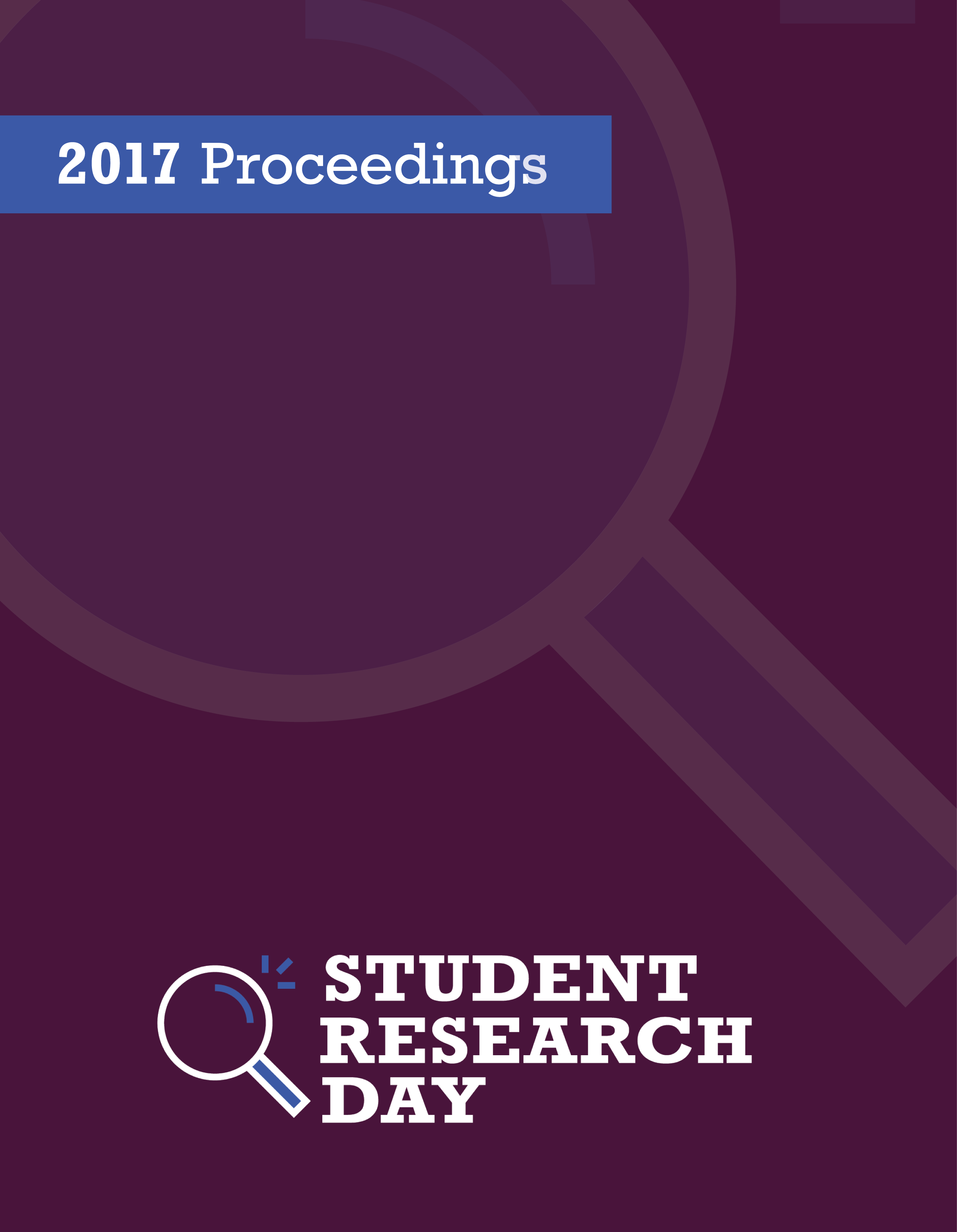Toxic Heavy Metal Removal (of Arsenic, Cadmium, Lead, and Mercury) by Marine Phytoplankton
Abstract
Two species of marine phytoplankton, Tetraselmis sp. and Nannochloropsis sp., were grown for six days in 1 ppm solutions of As, Cd, Hg, and Pb, as four individual metal samples and as a four-metal mixture. Tetraselmis sp. cell density was lowest in the four-metal mixture, at 2.385 x 106 cells/mL, indicating growth was partially inhibited by these metals. Nannochloropsis sp. showed a higher overall growth rate, and exhibited the cell density in this combined metal sample at 9.03 x 106 cells/mL. Heavy metal concentrations were analyzed via ICP-OES. Nannochloropsis sp. exhibited the highest biosorption of As, followed by Pb, at concentrations of 18.555 mg/kg and 12.165 mg/kg, respectively. In the four-metal mixture, Nannochloropsis sp. had decreased levels of As and Pb sequestered by cells, implying there was preferential uptake. Levels of Cd were low in the cells of each species. Tetraselmis sp. showed most effective biosorption of Pb, at a concentration of 10.825 mg/kg, and 11.36 mg/kg in the mixed metal samples, but showed unreliable results for other metals samples. Concentrations for Hg were not determined due to machine error. The data suggested that Nannochloropsis sp. is a better phycoremediation candidate for these metals; however, a more comprehensive follow-up study is needed to confirm this assertion.
Discipline: Biology
Faculty Mentor: Dr. Ross Shaw
Downloads
Published
Issue
Section
License
Authors retain any and all existing copyright to works contributed to these proceedings.



